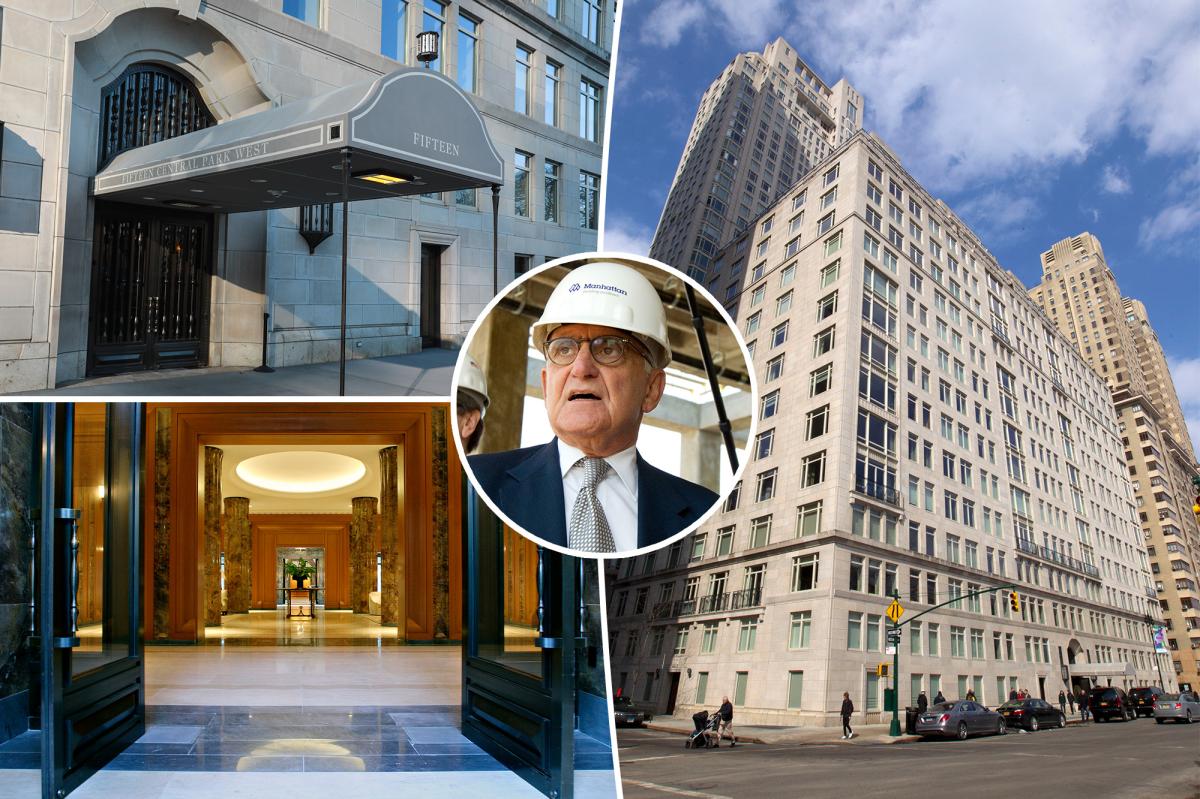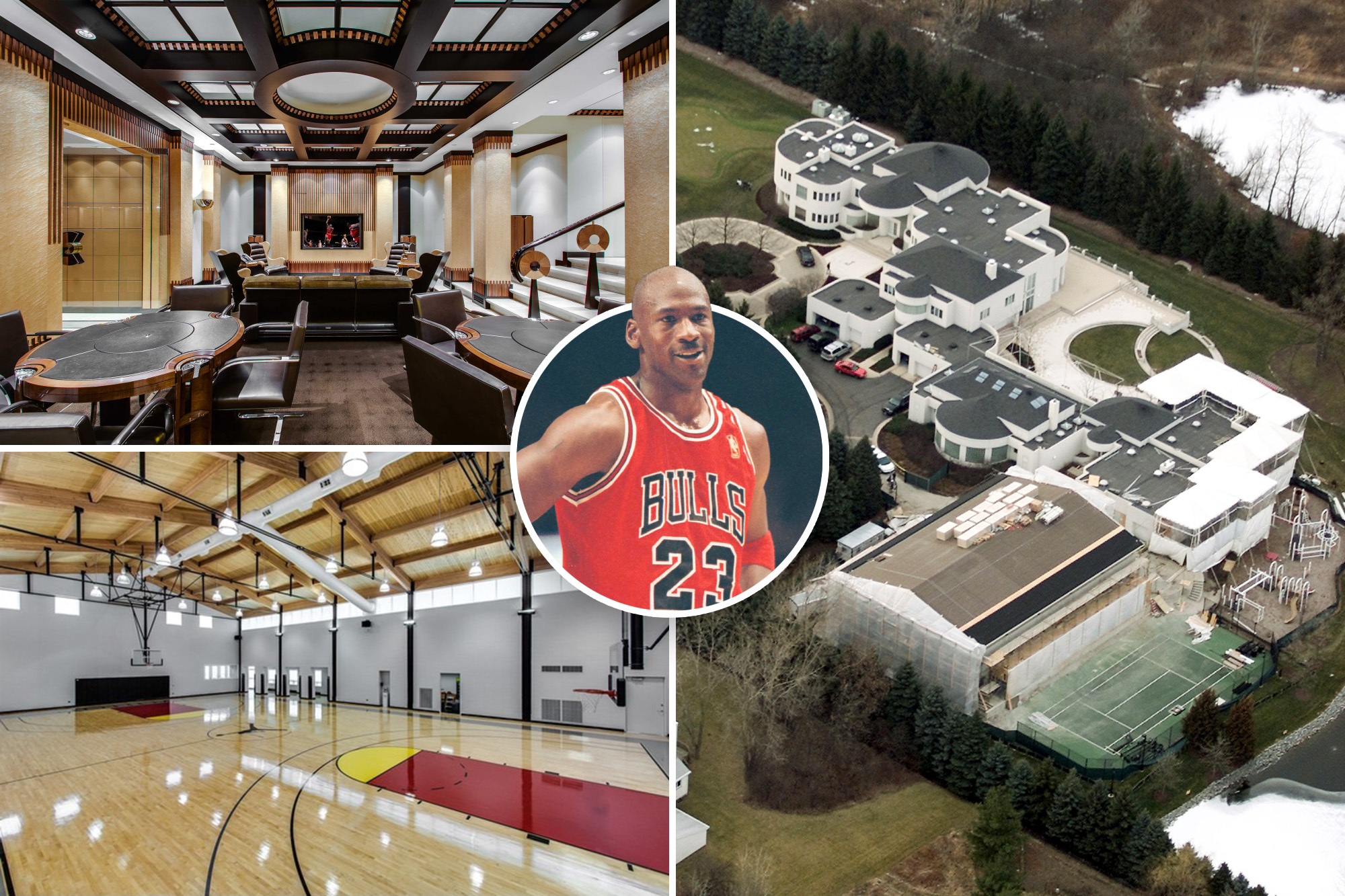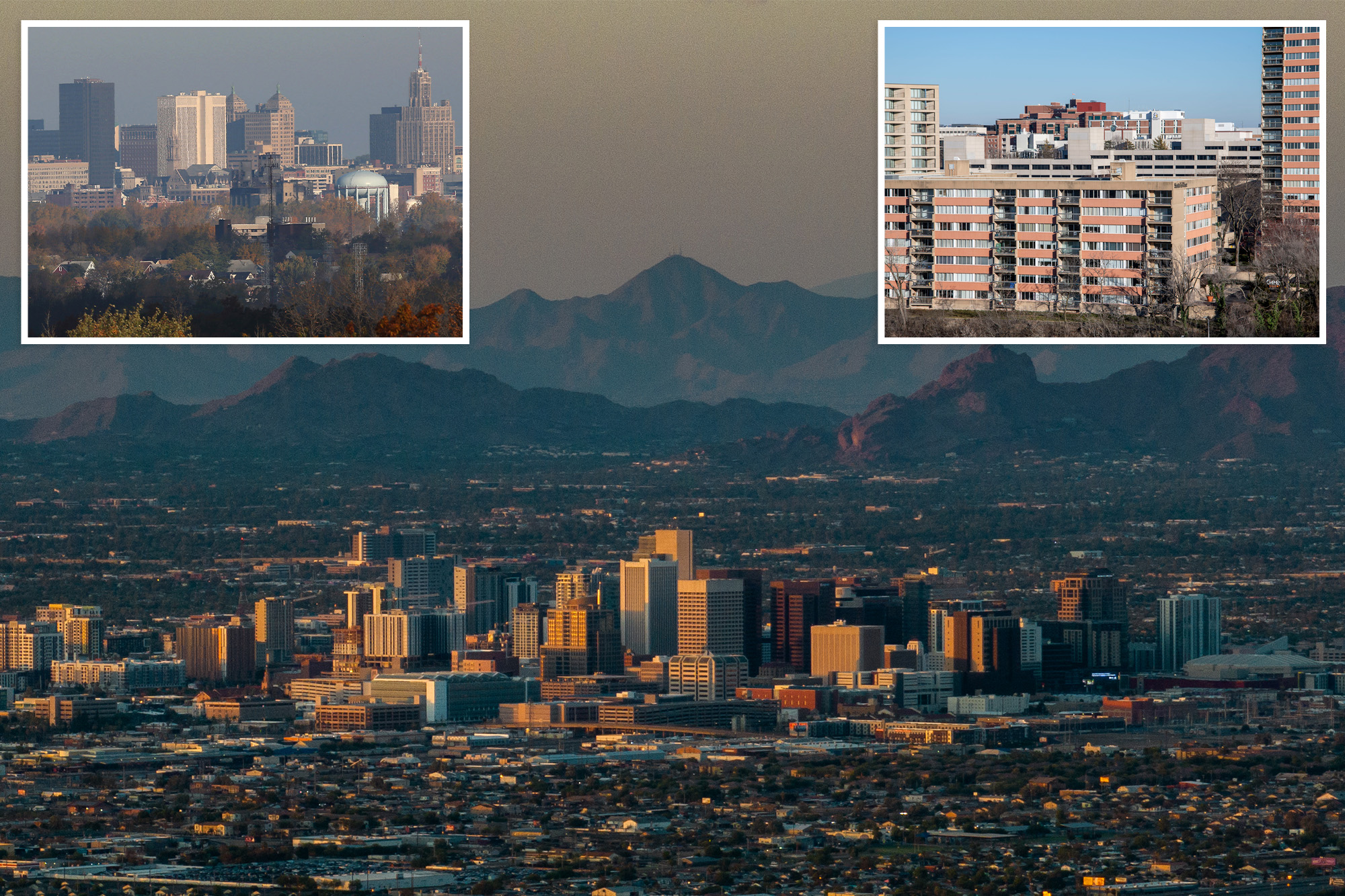S
kyline of downtown Dallas, TX on a partly cloudy day. (Photo by: HUM Images/Universal Images Group via Getty Images)
Choosing an asset class is a pivotal move in commercial real‑estate investing. Each property type brings its own mix of opportunities, risks, and operational demands. By grasping how they function, you can match your investments to your financial targets, risk appetite, and lifestyle.
Below are five key asset classes to consider: multifamily, office, retail, industrial, and development. Examine each to determine which aligns best with your strategy.
**Multifamily – A Common Starting Point**
Apartment buildings, townhomes, and condos are often the most accessible commercial assets. Investors may occupy one unit while leasing the rest, cutting living expenses and offering firsthand insight into tenant relations. Housing demand remains steady, but even small complexes require constant upkeep, tenant turnover management, and rent collection. If you lack time, a property manager is essential. Stay alert to local rent‑control rules and work with professionals who know the regulations.
**Office – Higher Risk, Higher Reward**
Office space has evolved amid remote and hybrid work trends, driving up vacancy rates in many markets. Yet sectors like biotech, healthcare, finance, and law still need physical offices. Premium locations with modern amenities attract firms eager to bring staff back. Success hinges on tenant quality and lease structure. Vacant buildings can linger for months or years; landlords may offer rent‑free periods or fit‑out allowances. Long‑term leases in desirable districts can yield stable, attractive returns.
**Retail – Resilient and Reimagined**
E‑commerce has reshaped retail, but many brands return to brick‑and‑mortar to deliver experiences that online shopping can’t replicate. Restaurants, fitness centers, pharmacies, and service businesses keep demand steady. The critical factor is the tenant’s backing: a national chain with a corporate guarantee is safer than a small business with limited capital. Franchise guarantees carry higher risk than corporate ones. Vacancies can be costly; a single tenant’s departure may take time to replace. Evaluate location, foot traffic, and tenant strength before committing.
**Industrial – Long Leases, Low Day‑to‑Day Management**
Warehouses, distribution centers, and manufacturing sites have surged with e‑commerce growth. Industrial tenants often handle their own repairs, leaving owners with fewer responsibilities. Long‑term leases provide predictable income, but the initial capital outlay is higher, posing a barrier for newcomers. These properties are also sensitive to economic cycles; a slowdown in production can trigger vacancies. For those with sufficient resources, industrial assets offer stability and scalability.
**Development – High Risk, High Reward**
Development is the most speculative class, involving land acquisition, zoning navigation, permit procurement, capital raising, and construction oversight. Projects can span years, during which market conditions may shift. Experienced partners can mitigate these challenges, but the potential payoff is significant. New investors should weigh the long timeline and capital intensity against the chance to create substantial value.
**Which Asset Class Fits You?**
There’s no universal answer. Reflect on your short‑ and long‑term objectives, risk tolerance, and time commitment. Whether you start modestly with multifamily or tackle larger industrial or development projects, the key is to understand the trade‑offs and choose a strategy that aligns with your resources and vision.














